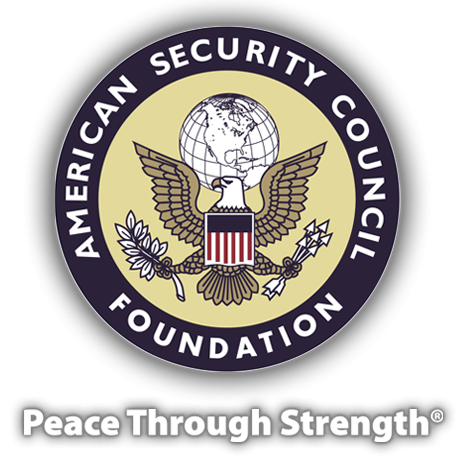The Spirit of 45
This article is a transcript of GEN Frederick J. Kroesen’s keynote speech at the “Spirit of ’45 Day” ceremony on August 11 at the World War II Memorial in Washington, D.C. The ceremony marks a national day of remembrance that honors the legacy of the men and women of the World War II generation. While the theme of GEN Kroesen’s speech is centered on World War II and the celebration of V-J Day, which effectively ended the war, his remarks are also appropriate on Veterans Day.
It is a distinct honor that I have been asked to represent “the greatest generation” at today’s reflections of the end of World War II. I have never claimed that title, one that was coined by a younger author, but I think I can say that my generation has not rejected the honor, even though we might question its validity. It has always been my conviction that we garnered that recognition because, on December 7, 1941, our whole nation went to war. First, President Roosevelt expressed his full commitment with the speech about “a date which will live in infamy.” He called on our military leaders, who were from the previous generation.
They designed the strategy, made the plans, and issued the orders and directives that identified our goals and objectives. They told us what had to be achieved and set the course for the military forces. They did well. Some became famous: Marshall, MacArthur and Eisenhower. We, my generation, were the heavy lifters. We carried out those orders with the ingenuity, innovation and accommodation that battlefields always demand.
There is an old saw that no battle plan lasts beyond the first shot being fired, but I say if that’s true, it was a bad plan from the beginning. All plans require innovation or revision because the modern battlefield is always fluid, always different. If the plan initially offered an understanding of the commander’s intentions and proper objectives, and told the command what had to be done and not how to do it, it was a good plan from the beginning. Those innovators also did well. Some of them became famous: Audie Murphy, Pappy Boyington, the Flying Tigers and Tuskeegee Airmen, Jimmy Doolittle, and some guy named Kilroy. But it was not just the millions who joined the Army, Navy and Coast Guard in those next four years; it was also the millions more who went to work building the industries and inventing the systems that became the “arsenal of democracy.”
They not only equipped and supplied our forces, but also tipped the balance for most of our allies. Then, they manned the Merchant Marine fleet that delivered that largesse wherever in the world we chose to send it. Rosie the Riveter epitomized the horde of young women who went to work while grandparents and children sponsored, organized and managed scrap drives, United Service Organizations stations, and uncounted numbers of volunteer activities. Yes, we had naysayers: One member of Congress voted “no” on the declaration of war against Japan.
We had draft dodgers, deserters and demonstrators here and there, but they were ignored or steamrolled by the popular determination to get on with what had to be done. Almost everybody bought war bonds to help pay for itall. If you couldn’t afford the $18.75 for a bond, you bought 25-cent stamps, pasted them in a book until they added up to $18.75 and you could trade the book for a bond.
The press—the news media—went to war with us. As a whole, they promoted and supported the war effort, encouraging the positive aspects of what was being done. They did not ignore the losses, disasters and tragedies: the Bataan Death March; the loss of the Philippines, Wake Island and Makin Island; and the less-than-reassuring battle at Kasserine Pass.
They did not dwell or agonize over such things; they helped gear up for the next step. The losses continued almost unabated for more than two years before we could begin to turn things around, but the fundamental commitment to the effort and the confidence in our ultimate success never wavered. Just as importantly, we did not waste time or effort trying to establish who was to blame for our lack of readiness and preparation for Pearl Harbor or the Death March.
That could wait until the war was won, not interrupt what needed to be done during the war. Atrocities were committed only by the enemy, civilian casualties were an unfortunate cost, the treatment of prisoners did not need to be investigated and commanders were not distracted by think-tank second guessing or the social issues of the day. We were a nation of 130 million who attacked and managed and succeeded at a gargantuan task, who set an example for “providing the common defense,” and who created the industrial and economic machine that provided prosperity for almost the rest of that century.
V-J Day set off the greatest celebration the world has ever seen—perhaps the greatest that it will ever see. It is still an occasion of pride and thanksgiving throughout the world, pride in those who made it possible, and thanks that we still live in the land of the free and the home of the brave.
Reprinted with permission from ARMY Magazine, Vol. 63 #15, copyright 2013, the Association of the United States Army.











